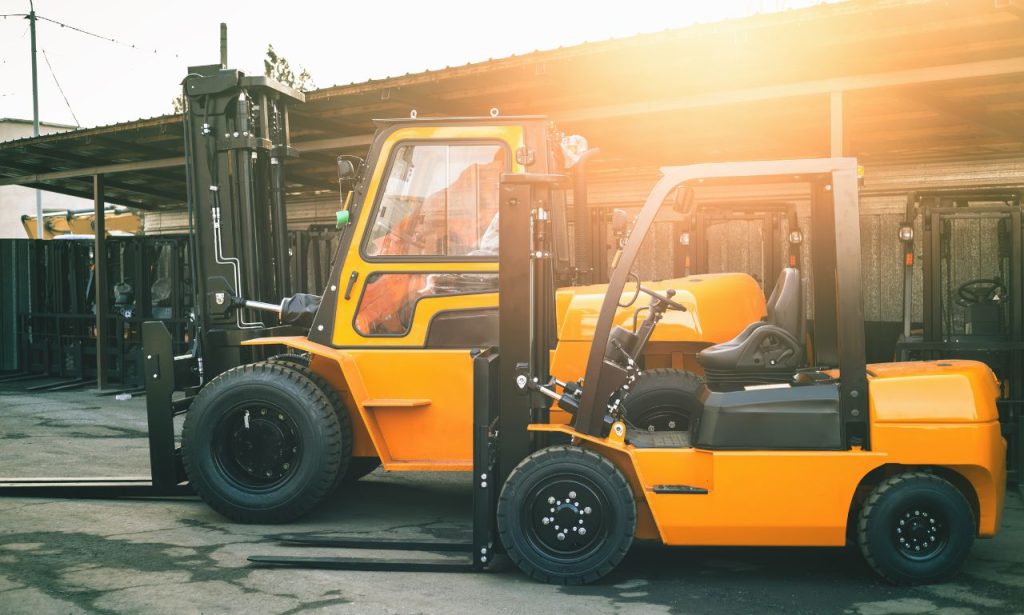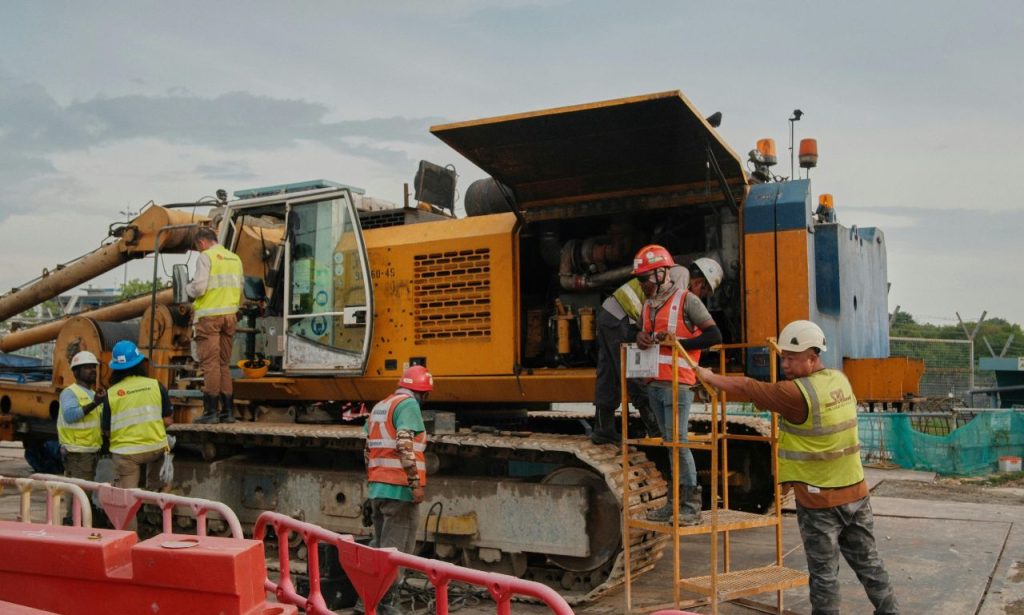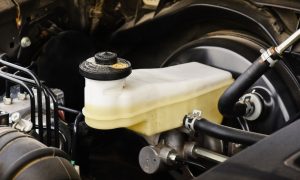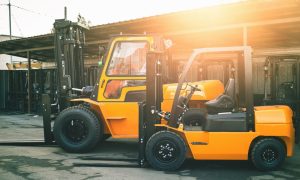Electric heavy equipment is no longer some far-off dream—it’s rolling onto job sites right now. Cities want cleaner air. Companies wish to lower operating costs. And frankly, operators hope for machines that don’t sound like a jet engine at 5 a.m. But here’s the kicker: swapping diesel for electric doesn’t mean you can skip maintenance, far from it.
Think of your equipment like a pro athlete. Yes, the training regimen has changed, but rest, recovery, and intelligent monitoring still matter. The real question is, how to maintain electric heavy equipment so it actually lives up to the hype? Let’s break it down, step by step.
The Paradigm Shift
Electric machines are rewriting the playbook. Instead of chasing down oil leaks, you’re now watching charging cycles and battery temperatures. It feels strange at first. I’ve spoken with fleet managers who still find themselves reaching for a dipstick out of habit—only to laugh when they remember there’s no oil to check.
Take a look at Volvo CE’s electric excavators in Europe. They’re working inside city limits, where diesel machines were once banned due to noise and pollution concerns. That’s not theory; it’s happening now. But here’s the catch: if you treat them like diesel machines, they’ll let you down. The rules are different, and your maintenance mindset must shift as well.
Foundational Best Practices for All Heavy Equipment

Some basics never go out of style. Clean equipment runs longer. Dust, mud, and debris not only make a machine look bad; they also damage electrical connectors, sensors, and wiring.
Think of it like your phone charger. A frayed cable might still work for a while, but eventually it fries your device. The same goes for an excavator’s harness or a loader’s battery casing. Add in daily inspections of undercarriages, hydraulics, and mechanical joints, and you’re covering both the “old school” and the new electric essentials.
The extra homework with electricity? Monitoring batteries not just for charge, but for temperature. Overheating doesn’t just shorten life—it can mean safety risks.
Sustaining Your Charging Infrastructure
If your charging setup is weak, your whole fleet is weak. Picture running five excavators but only having one slow charger. You’re basically bottlenecking your entire project.
The smart move? Build charging infrastructure as if you’re building highways for your machines. Fast chargers are strategically positioned at key points around the site, featuring intelligent load balancing, ensuring you’re not overloading the grid at 3 p.m. That’s how Tesla changed the car game with Superchargers. Construction firms should copy that playbook. Because if you don’t plan for charging, you’re really preparing for downtime—and no client wants to hear that excuse.
Leveraging Technology
This is where electric equipment quietly flexes. Diesel machines always felt a little “analog.” Electric ones? They’re rolling data centers on tracks and wheels.
Fleet managers using Caterpillar’s VisionLink or Komatsu’s Smart Construction are already seeing the benefits. They’re spotting inefficiencies before they become problems, tracking operator habits that waste power, and fine-tuning battery cycles. The goal isn’t data for the sake of dashboards—it’s data that saves money and keeps projects on schedule.
And let’s be honest: if you’re not using these tools, you’re flying blind. Nobody wants to explain to the boss why a $700,000 machine went down when the system literally sent a warning two weeks earlier.
Utilizing Manufacturer-Specific Diagnostic Tools and Software
Here’s a truth most people don’t like: generic fixes rarely work with electronic gear. Every manufacturer has their own diagnostic ecosystem.
John Deere’s system for loaders, or Hitachi’s diagnostic tools for mining trucks, dig into the details your eye can’t see. Think of it like taking your car to the dealership after trying a local mechanic who “sort of” understands hybrids. The difference shows up in performance, uptime, and repair bills.
Yes, it takes training. Yes, sometimes it costs extra. But what is the cost of skipping it? Ten times worse when your machine sits idle during a critical job.
Importance of Software and Firmware Updates for Optimal Performance and Efficiency
Skipping updates is like refusing to update your phone because “it still works fine.” Until it doesn’t.
Firmware upgrades for electric heavy equipment can recalibrate charging systems, smooth out performance, and even extend battery lifespan. Hyundai CE demonstrated this with forklifts that achieved efficiency gains following updates. That’s like getting extra miles per gallon without having to buy new equipment.
Updates aren’t optional—they’re the digital equivalent of an oil change. Treat them with the same urgency.
Data Analysis for Predictive Maintenance and Anomaly Detection in Electric Systems
This is where electric machines outshine diesel. They tell on themselves. Sudden voltage drops? Unusual discharge patterns? That’s your early warning system.
Komatsu utilizes AI tools to analyze this type of data, enabling the prediction of failures weeks in advance. Imagine knowing a battery module is trending toward failure and being able to swap it on your terms—not during a critical pour with 20 workers waiting. That’s the power of predictive maintenance. It’s not just convenient; it’s a competitive edge.
Maintenance of Traditional Components in an Electric World
Electric motors may replace engines, but hydraulics, tires, suspensions, and frames still wear out over time. A bulldozer still eats through undercarriages. A loader still needs brake checks.
Neglecting those is like buying a brand-new iPhone and never bothering with a screen protector. The flashy new part is exciting, but the basics still matter. Mechanics who know their way around diesel gear aren’t out of work—they just need to adapt their skills to fit the electric age.
Safety First

Electric equipment has its own set of dangers. High-voltage systems demand respect. A careless hand with the wrong tool can lead to serious injury.
That’s why training matters. Hitachi and others conduct workshops on safely handling high-voltage systems. PPE now goes beyond steel-toe boots and hard hats—it includes gloves rated for electrical work. Lockout/tagout procedures should become second nature.
Bottom line: safety isn’t optional. It’s what keeps your team alive, your insurance premiums manageable, and your reputation intact.
Conclusion
Electric heavy equipment is here to stay. It’s cleaner, quieter, and—if properly maintained—more cost-effective over its lifetime.
But the secret isn’t just plugging it in. It’s respecting the new rules: charging infrastructure, predictive data, diagnostic tools, and yes, still caring for old-school mechanical parts.
The businesses that get this right won’t just extend machine lifespans; they’ll run smoother projects, save money, and impress clients. Those who ignore it? They’ll be left with dead batteries, idle crews, and angry phone calls.
So the next time you ask yourself how to maintain electric heavy equipment, remember: treat it as both a machine and a computer. Respect both sides, and you’ll extract every ounce of value from your investment.
FAQs
Quarterly inspections are standard. Batteries may require more frequent checks, depending on usage and climate conditions.
Electric focuses on batteries, software, and charging. Diesel focuses on fluids, filters, and fuel systems.
Yes, but they need high-voltage safety training and access to manufacturer diagnostic tools.
With proper care, a lifespan of five to ten years is realistic. Abuse them, and it’s much shorter.
Without question. It prevents breakdowns, saves money, and keeps projects moving. Most fleets recoup the cost within the first year.




